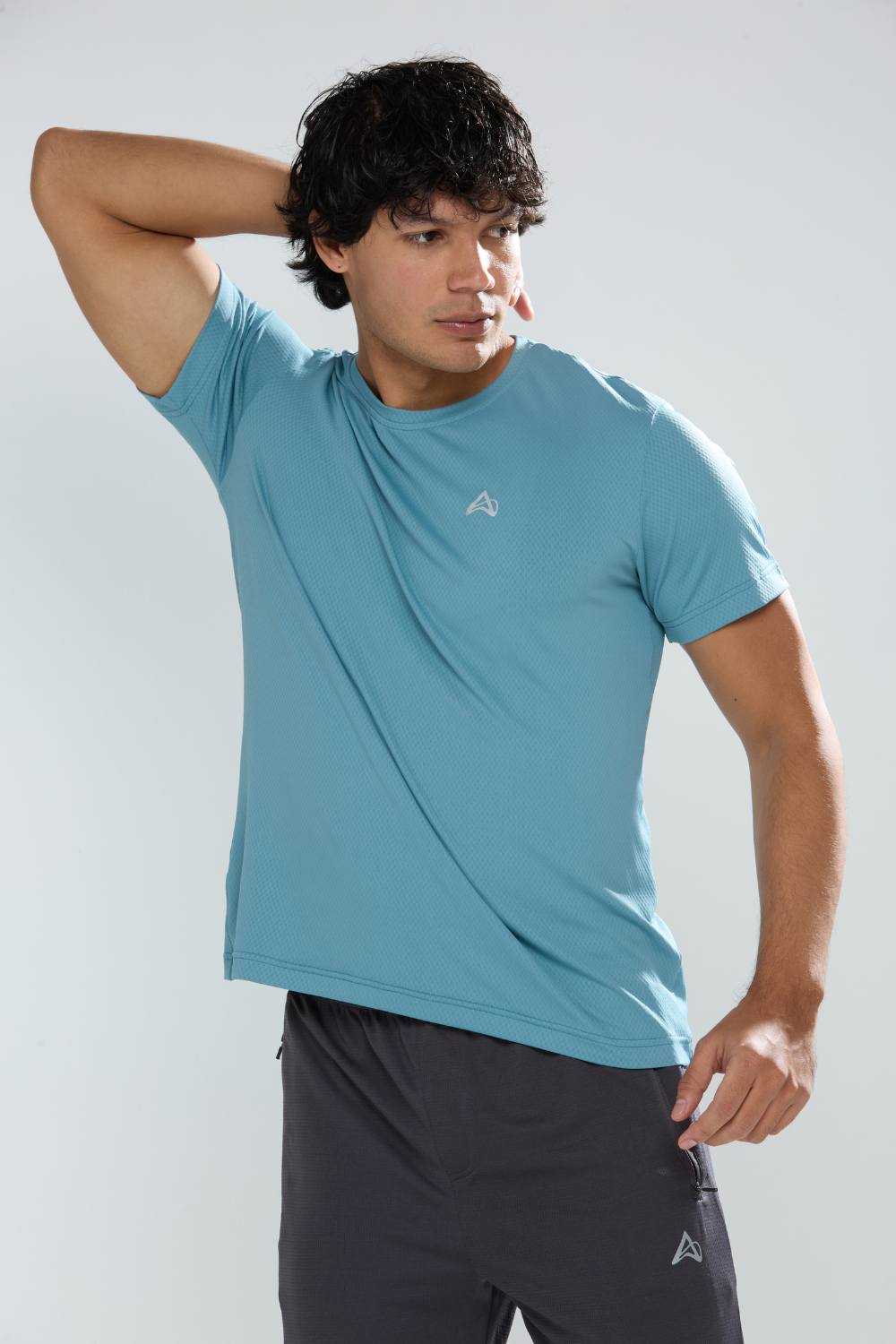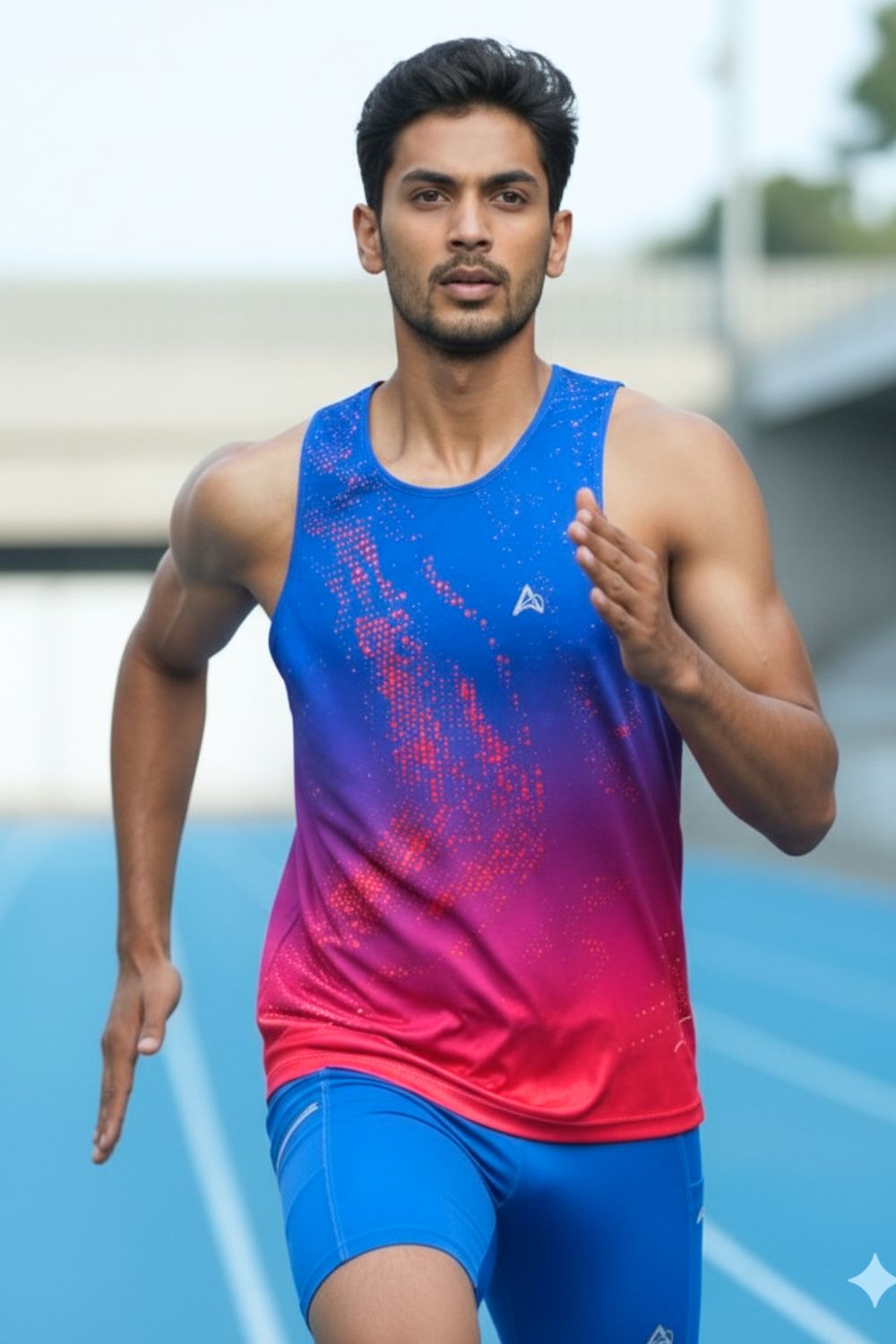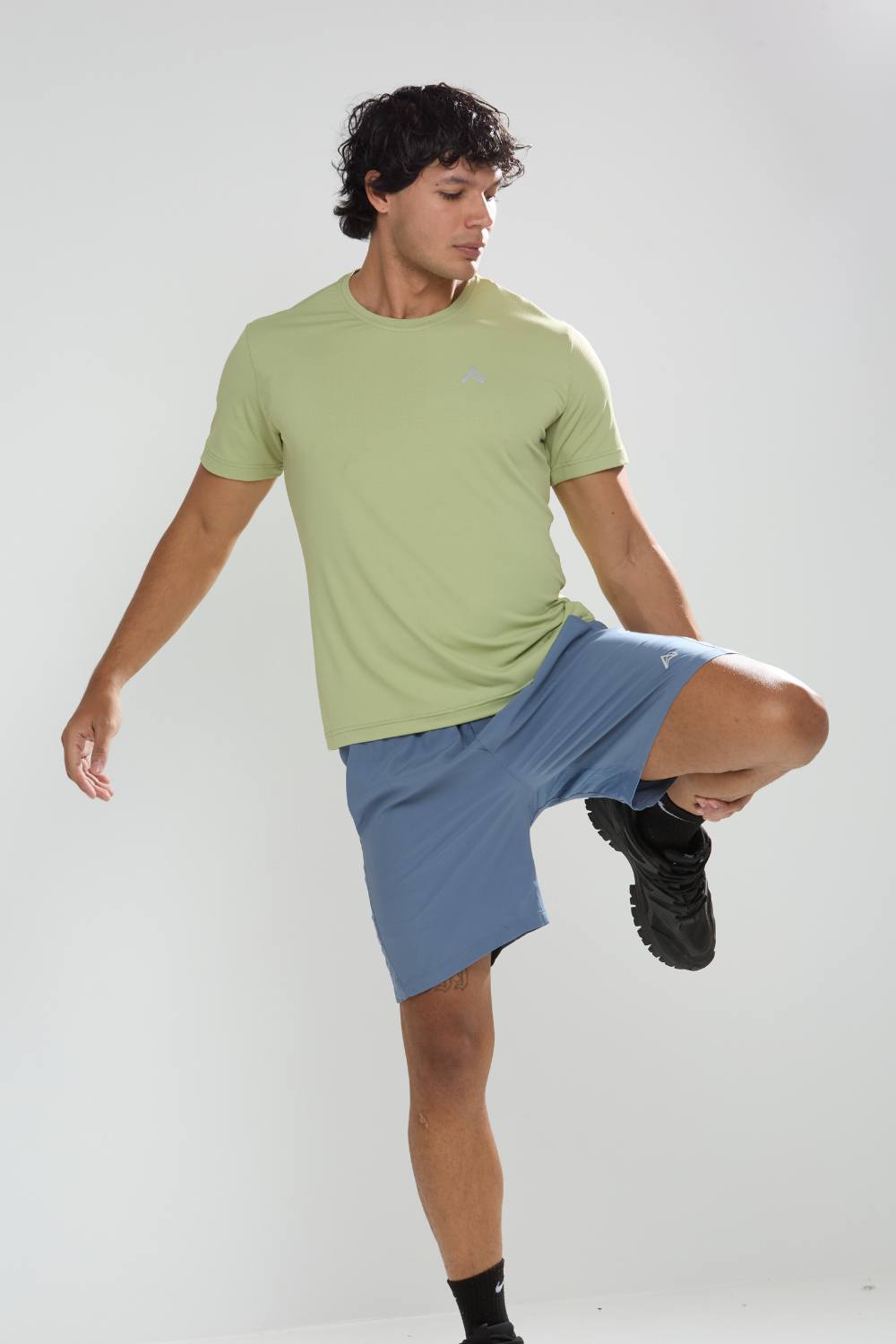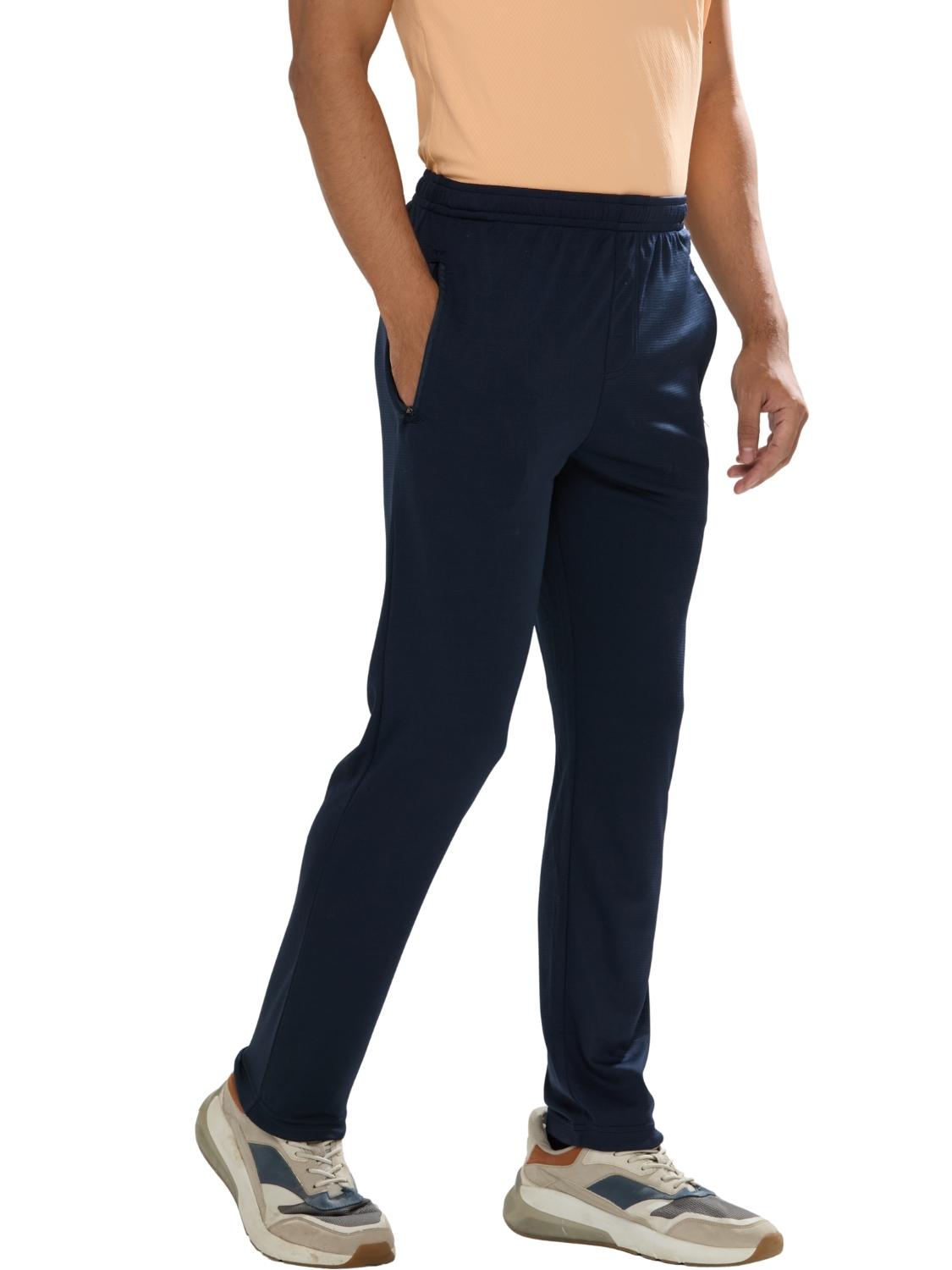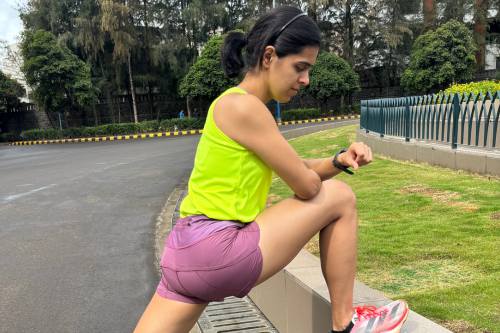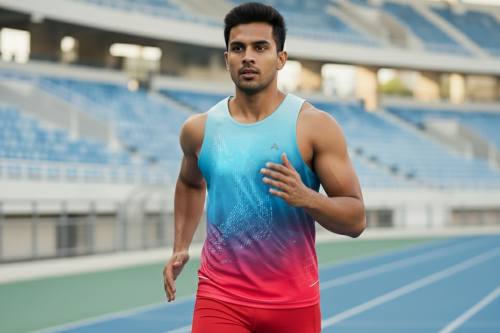Imagine pounding the pavement in the sweltering heat of a Mumbai marathon, your stride steady and determined, only to be derailed by a sharp, insistent burn where thighs meet or arms brush against your torso. This isn't a rare mishap it's the harsh reality of chafing, a friction-fueled foe that transforms endurance tests into ordeals. But in today's athletic wear landscape, cutting-edge designs are rewriting the rules, offering runners a shield against this persistent pain and paving the way for peak performance.
Tired of gear that slows you down? Chafing, soggy fabrics, and missing pockets kill your run's momentum. At Aguante, we're runners who get it. Our high-performance activewear features moisture-wicking fabrics, ergonomic designs, and smart storage to keep you focused. Shop Now!
Running Further with Friction-Free Gear
Chafing remains a formidable adversary for long-distance runners worldwide, intensifying during marathons where relentless movement turns minor irritations into major setbacks. When sweat-drenched skin grates against fabric or itself, the resulting friction can lead to painful abrasions that force even seasoned athletes to the sidelines. As dermatologist Dendy Engelman explains, friction arises from the constant rubbing of body parts during activities like running or cardio. Heat and humidity exacerbate the issue by causing swelling, making sensitive areas such as inner thighs and armpits particularly vulnerable.
In the realm of high-performance running gear, this challenge has sparked a revolution. The demand for apparel that seamlessly blends comfort with durability is surging, as marathoners seek equipment that endures harsh conditions without compromise. Cities across India, from Bangalore's variable climates to Hyderabad's steamy downpours, underscore the need for adaptive clothing. Here, functional innovations that safeguard skin are not mere add-ons but essential features, driving the evolution of specialized training attire tailored to real-world demands.
This shift reflects broader industry trends, where athletes prioritize gear that minimizes distractions and maximizes focus. As participation in endurance events grows, so does the emphasis on protective designs that address environmental and physiological stressors unique to regions like Mumbai or Pune. The result? A burgeoning market for running apparel that promises not just speed, but sustained comfort through every mile.
Emerging Trends or Recent Developments
The athletic apparel sector is alive with breakthroughs in anti-chafing technology, fundamentally altering how runners prepare for the road ahead. Companies are abandoning conventional seams in favor of seamless builds that slash friction risks, while advanced moisture-wicking fabrics swiftly draw perspiration away, preventing the damp conditions that fuel rubbing. Ergonomic silhouettes now provide a precise fit, locking everything in place to avoid shifts during extended efforts.
Supporting data highlights this momentum. The global anti-chafing shorts market was valued at roughly USD 1.2 billion in 2023, with forecasts pointing to USD 2.5 billion by 2032 at a CAGR of 8.2% from 2024 to 2032. Key catalysts include heightened focus on skin wellness, expanded involvement in sports and outdoors, and rising obesity rates that amplify chafing vulnerabilities. Professional and medical endorsements further accelerate uptake, educating consumers on the lasting effects of skin damage during activities like running or cycling.
The market maintained its USD 1.2 billion valuation, eyeing USD 2.5 billion by 2033 with an 8.2% CAGR from 2025 to 2033. Offerings include men's, women's, and unisex variants made from cotton, polyester, nylon, spandex, and blends. These incorporate cutting-edge elements like seamless engineering and flexible structures for air flow and adaptability. Beyond elite athletes, the appeal extends to fitness hobbyists and daily users, especially amid varying obesity prevalences such as 49.9% among non-Hispanic Black adults and 45.6% for Hispanic adults highlighting the need for inclusive solutions.
Complementary developments in anti-chafing creams underscore the comfort crusade. This segment reached USD 0.72 billion in 2024, projected to climb to USD 1.08 billion by 2031 at a 6.06% CAGR from 2025 to 2031. North America leads with growth from USD 263.71 million in 2025 to USD 377.50 million by 2031 at 6.16%. Available via offline and online channels, these synthetic or natural formulations serve athletes and adventurers, fueled by e-commerce growth and skincare awareness.
Analysts highlight steady expansion in the cream market, with Asia-Pacific showing particularly strong momentum. Global leaders like Unilever, Beiersdorf, and L'Oréal are leveraging diverse distribution channels and tapping into rising health, wellness, and online consumption trends to strengthen their presence.
These trends signal a holistic approach to athlete well-being, integrating fabric tech with topical aids. Innovations such as eco-friendly materials and smart textiles are gaining ground, responding to sustainability demands while enhancing performance in humid, variable climates prevalent in Indian metropolises.
Real-World Examples, Applications, or Case Studies
In the bustling lanes of Pune or Navi Mumbai, where humidity turns every jog into a sweat-soaked challenge, runners confront chafing head-on. Coaches like barefoot_coach_shanth_koushik on Instagram chronicle training regimens in India's rugged landscapes, emphasizing how specialized gear transforms grueling sessions into seamless experiences. Likewise, runholic_dev documents heat-defying runs, crediting anti-chafing features for maintaining undivided attention on the path ahead.
During marquee events like the Mumbai Marathon, these advancements prove their worth. Participants donning shorts with protective linings experience reduced interruptions, sustaining momentum through crowded, sultry routes. Dermatologists observe that such barriers drastically cut friction, aligning with expert counsel: while lubricants offer aid, embedding prevention in attire yields superior results.
Brands like Aguante exemplify this ethos, crafting apparel attuned to Indian runner's realities. Far from generic, their products tackle local heat, moisture, and terrain with breathable, performance-driven designs. Features include bounce-free pockets, chafing-resistant linings, sweat-evaporating materials, and visibility-enhancing reflectors all refined through runner feedback for distraction-free mobility at accessible prices.
Practical advice abounds in resources like Runner's World guides. Favor synthetic, airy outfits over moisture-trapping cotton; secure fits to limit shifts; and bolster with balms for added defense. For relief, cleanse gently with antibacterial soap and apply soothing agents like zinc oxide. This proactive stance is crucial for high-intensity pursuits, ensuring chafing doesn't derail ambitions.
Recent launches, such as Thigh Society's inclusive Cooling Shorts or Spanx's customizable Fit-To-You line, illustrate market responsiveness. SKIMS' Seamless Sculpt, backed by influencers, merges style with function, appealing to diverse bodies and activities. In India, where urban fitness surges in Delhi or Gurugram, these applications foster resilience against environmental rigors.
Key Challenges, Limitations, or Risks
Yet, for all the progress, obstacles persist. High-end anti-chafing equipment often commands premium pricing, alienating cost-sensitive enthusiasts in areas like Surat or Ahmedabad. When entry-level activewear appears adequate, justifying the investment in specialized shorts can prove daunting for many.
Material longevity poses another concern. Repeated laundering and rigorous wear can erode fabric's protective qualities, diminishing their anti-friction efficacy over time. Dedicated runners, accumulating extensive mileage, may face frequent replacements, escalating overall expenses and environmental impact.
Fit variability complicates matters further. Human forms differ widely, and a garment that shields one individual might irritate another. Brand-to-brand sizing discrepancies heighten frustration, particularly in multifaceted markets like India's cities, where universal solutions fall short of diverse needs.
Additionally, while innovations advance, accessibility in emerging regions lags. In Asia-Pacific's fast-growing markets, supply chain hurdles and awareness gaps can limit adoption, even as demand swells with rising incomes and health focus.
Opportunities, Efficiencies, or Business Impacts
Conversely, the landscape teems with promise. With anti-chafing shorts poised to nearly double by the 2030s, specialists in endurance niches are primed for substantial gains. In India, honing in on fitness epicenters like Bangalore unlocks avenues for region-specific breakthroughs, aligning with local climates and lifestyles.
Fostering genuine ease cultivates devotion. Gear that erases chafing concerns engenders loyalty, with users evangelizing via Instagram, Facebook, and YouTube. Aguante's emphasis on India-centric anti-chafing elements for muggy environments establishes it as a frontrunner, fusing indigenous ingenuity with international standards.
Sustainability emerges as a pivotal edge. Green, wick-efficient textiles that combat chafing resonate with eco-aware buyers, elevating brand stature while optimizing operations think durable items that curtail waste and repeat buys. This synergy not only amplifies market share but also aligns with global wellness shifts.
Businesses can leverage e-commerce expansion and influencer ties, as seen in cream market trends, to broaden reach. In Asia-Pacific, where sports engagement soars, tailoring inclusive, innovative products taps into burgeoning demographics, driving efficiencies through targeted marketing and supply chain refinements.
Future Outlooks or Recommendations
Authorities concur: Anti-chafing measures redefine marathon dynamics. Dermatologists like Engelman advocate for pliable, guarded skin to mitigate abrasion. Tanya Kormeili stresses post-activity hygiene to avert complications. Ahead, textile advancements promise adaptive, intelligent gear suited to escalating challenges.
For aspiring racers, commit to comfort-centric apparel. Delving into Anti-Chafing Designs: The Key to Comfort and Performance During Marathons, it's evident these progresses are indispensable. Amid Hyderabad's scorch or Delhi's dashes, optimal equipment banishes unease, empowering unbridled pursuit of excellence.
Frequently Asked Questions
What causes chafing during marathons and how can anti-chafing designs help prevent it?
Chafing occurs when sweat-drenched skin repeatedly rubs against fabric or other skin during long-distance running, creating painful friction burns. Anti-chafing designs use seamless construction, moisture-wicking fabrics, and ergonomic fits to eliminate friction points and keep skin dry. These specialized features are particularly crucial in humid conditions like those found in Indian cities, where heat and moisture make runners more susceptible to skin irritation.
How much does the anti-chafing apparel market cost and is it worth the investment for runners?
The global anti-chafing shorts market was valued at USD 1.2 billion in 2023 and is projected to reach USD 2.5 billion by 2032, reflecting growing demand among athletes. While premium anti-chafing gear commands higher prices, the investment pays off through reduced skin damage, fewer training interruptions, and improved marathon performance. For serious runners, especially in challenging climates, specialized anti-chafing apparel prevents the painful setbacks that can derail training and race goals.
What are the best materials and features to look for in anti-chafing running shorts?
Look for synthetic materials like polyester, nylon, and spandex blends rather than moisture-trapping cotton, as these fabrics wick sweat away from skin effectively. Key features include seamless construction to eliminate friction points, ergonomic fits that prevent shifting during movement, and breathable designs that promote airflow. Additional beneficial elements include protective linings in high-friction areas, secure pockets that don't bounce, and reflective details for visibility during early morning or evening runs.
Disclaimer: The above helpful resources content contains personal opinions and experiences. The information provided is for general knowledge and does not constitute professional advice.
You may also be interested in: Aguante - Activewear Clothing
Tired of gear that slows you down? Chafing, soggy fabrics, and missing pockets kill your run's momentum. At Aguante, we're runners who get it. Our high-performance activewear features moisture-wicking fabrics, ergonomic designs, and smart storage to keep you focused. Shop Now!
Powered by flareAI.co





